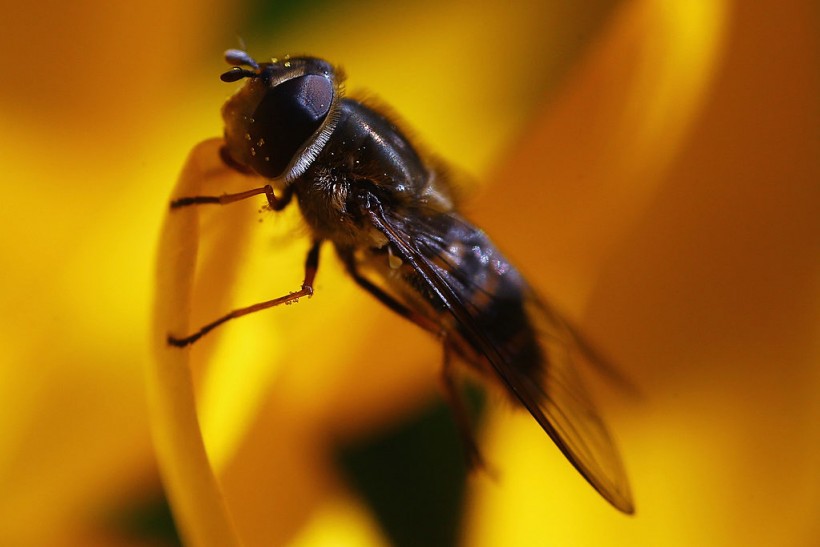Climate change is one of the biggest threats to biodiversity on Earth, affecting the survival of thousands of species across the globe.
According to the latest update of the International Union for Conservation of Nature's (IUCN) Red List of Threatened Species, over 32,000 species are currently threatened with extinction, and many of them are facing the impacts of climate change.
The hoverfly: a vital pollinator in peril
 (Photo : Dan Kitwood/Getty Images)
(Photo : Dan Kitwood/Getty Images)

One of the species that is critically endangered due to climate change is the hoverfly, the world's second-most significant pollinator group after bees.
Hoverflies play a crucial role in pollinating crops and wild plants, as well as controlling pests and decomposing organic matter.
However, a recent assessment of hoverflies in Europe found that 314 out of 890 species are vulnerable to extinction, mainly because of habitat loss, pesticide use, and climate change.
Climate change affects the distribution, abundance, and behaviour of hoverflies, as they depend on specific temperature and humidity conditions, as well as the availability of food plants and nesting sites.
For example, some hoverfly species have shifted their ranges northwards or to higher altitudes in response to warming temperatures, while others have declined or disappeared from their former habitats.
Climate change also alters the timing of plant flowering and insect emergence, disrupting the synchrony between hoverflies and their food sources.
The loss of hoverflies would have serious consequences for the ecosystem and human well-being, as they provide essential pollination services that support food security and biodiversity.
Therefore, it is urgent to conserve and restore the habitats of hoverflies, as well as reduce the use of pesticides and greenhouse gas emissions that contribute to climate change.
Also Read: Ocean Acidification Triggered Greatest Mass Extinction Ever
The sturgeon: a living fossil facing extinction
Another species that is on the verge of extinction due to climate change is the sturgeon, a group of ancient fish that date back to the late Cretaceous period.
Sturgeons are among the largest and longest-lived freshwater fish, reaching up to eight metres in length and living for over 100 years.
They are also highly valued for their meat and eggs, which are used to make caviar.
However, sturgeons are now the most endangered group of animals on the IUCN Red List, with all 27 species threatened with extinction. The main threats to sturgeons are overfishing, poaching, habitat degradation, and pollution.
Climate change adds to these pressures, as it affects the water temperature, flow, and quality of the rivers and lakes where sturgeons live and breed.
Climate change can alter the migration patterns, spawning cues, and reproductive success of sturgeons, as well as increase the risk of diseases and invasive species.
For example, warmer water temperatures can reduce oxygen levels and increase the metabolic rates of sturgeons, affecting their growth and survival.
Climate change can also affect the availability and quality of food for sturgeons, as well as the distribution and abundance of their predators and competitors.
The extinction of sturgeons would not only mean the loss of a remarkable and ancient species but also the loss of an important source of income and food for many people, as well as a key component of the aquatic ecosystem.
Therefore, it is vital to protect and restore the habitats of sturgeons, as well as enforce the regulations and agreements that limit the exploitation and trade of these fish.
Related article: Humans to Blame for Pacific Bird Extinction, Representing 10 Percent of World's Bird Species
© 2024 NatureWorldNews.com All rights reserved. Do not reproduce without permission.

![Tsunami Hazard Zones: New US Map Shows Places at Risk of Flooding and Tsunamis Amid Rising Sea Levels [NOAA]](https://1471793142.rsc.cdn77.org/data/thumbs/full/70325/280/157/50/40/tsunami-hazard-zones-new-us-map-shows-places-at-risk-of-flooding-and-tsunamis-amid-rising-sea-levels-noaa.jpg)



